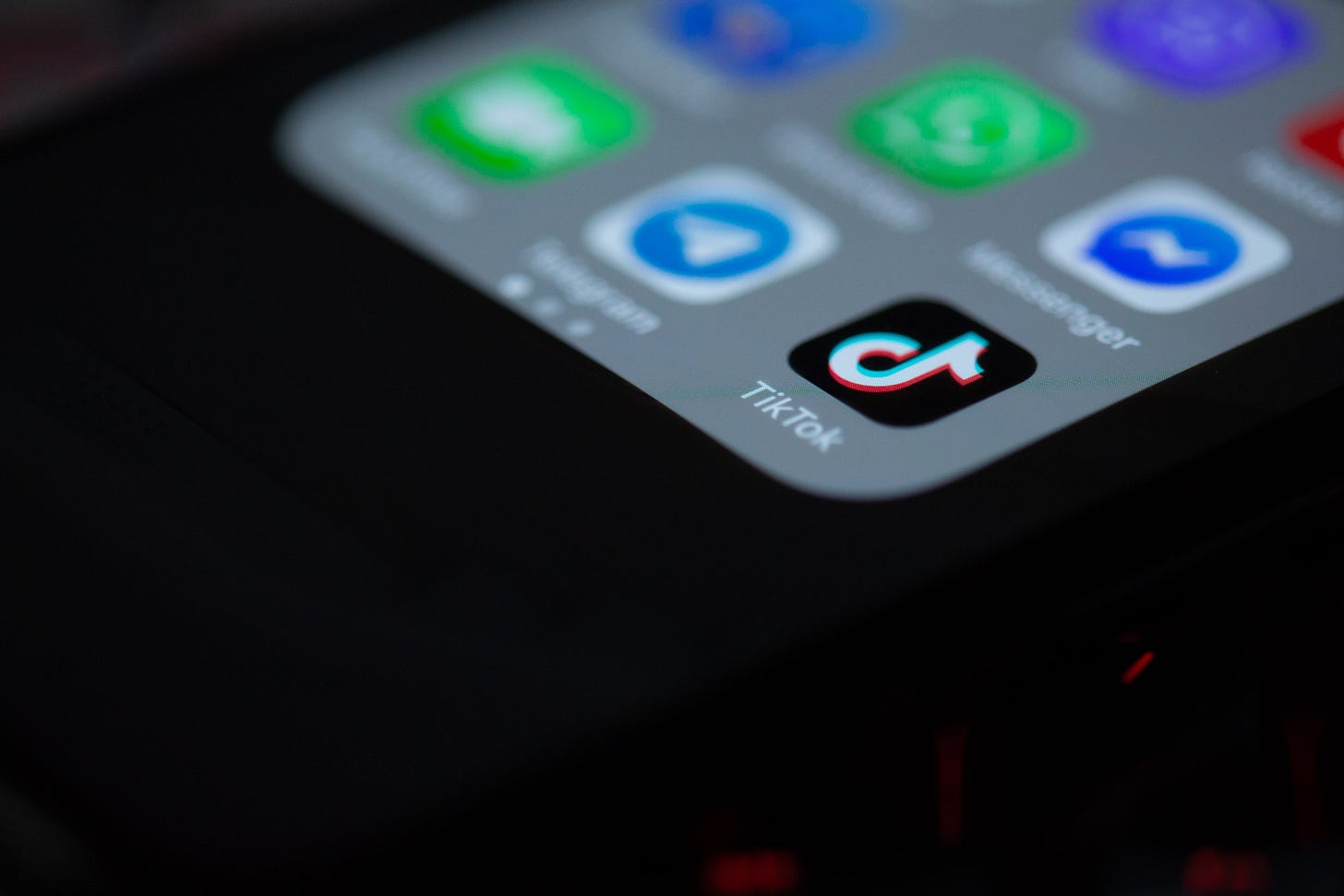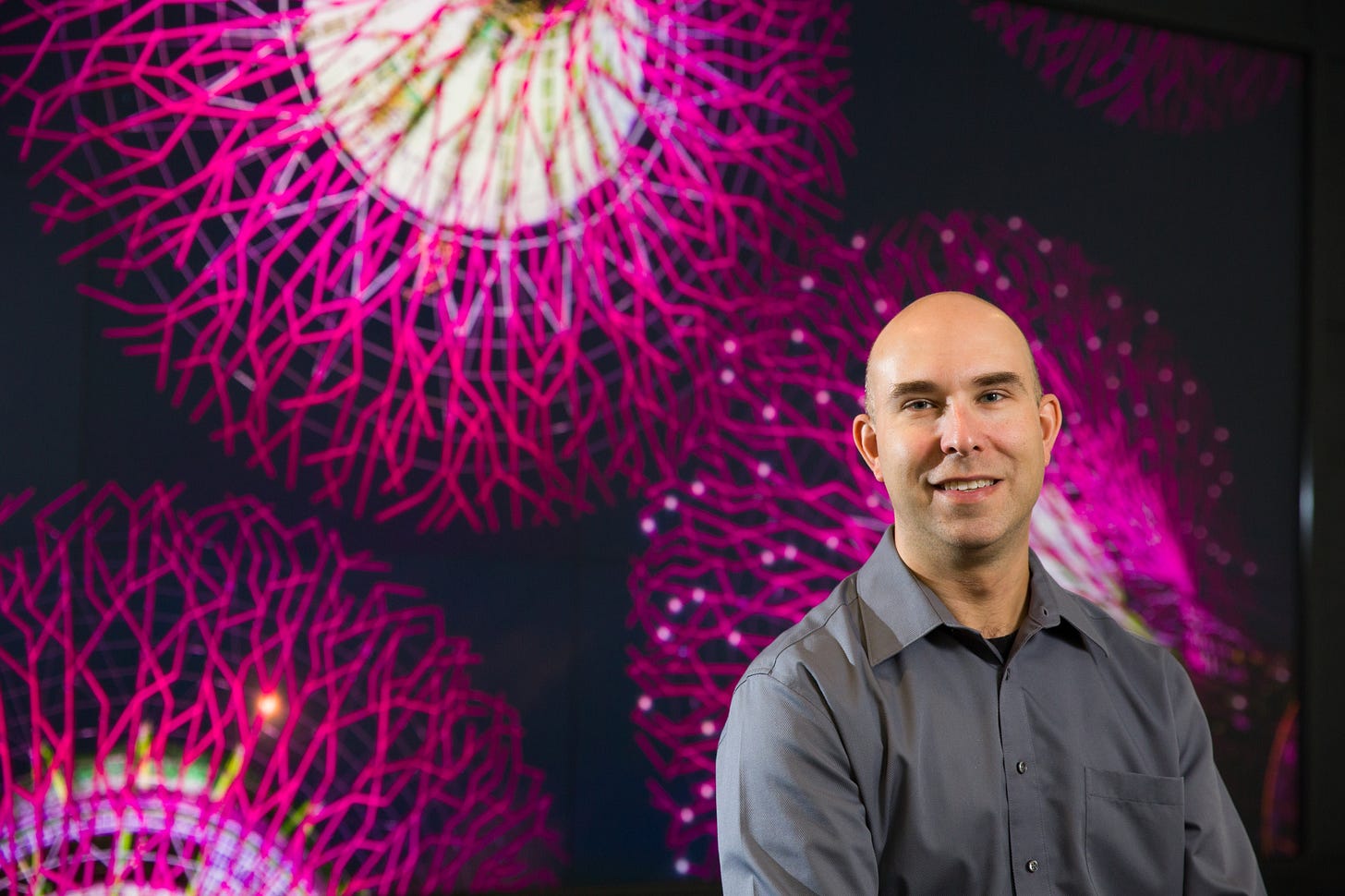Social Media: Is it improving your life — or wasting it?
Ever wonder why you just can’t seem to stop scrolling your phone? Experts explain some of the features that make apps like TikTok so addictive
TikTok has become one of the highest-grossing apps of all time and it shows no signs of slowing down. Experts say the techniques that social media platforms like TikTok use to keep users swiping their screens for hours on end are very similar to those used by casinos.
The only difference: this slot machine fits in your pocket.
Today on Humber Views: a look at how the game has been changed on social media.
— Aiden Besko
Social Media: Is it Improving your Life — or Wasting it?

How often do you scroll through social media when you’re with friends and family, or when you’re trying your hardest to study for an exam? How often do you pull out your phone at the slightest hint of boredom, scrolling through apps for countless hours everyday? When social media use begins to interfere with our lives and prevents us from doing the things we want to do, we often blame ourselves for having a lack of self-control, being lazy, or having a short attention span. This is not the case.
As Cal Newport writes in his book, Digital Minimalism, “People don’t succumb to screens because they’re lazy, but instead because billions of dollars have been invested to make this outcome inevitable.”
Presently, there are no laws or regulations to limit how addictive social media companies can make their apps. “These social media platforms are part of an attention economy,” says Michael Adorjan, a professor at the University of Calgary with expertise in cyber-risk.

“There has to be consensus at a societal level to have more regulations in place regarding how these corporations can operate. Without the regulations, they will continue, as best they can, to line their pockets as deeply as possible. When the profit is based on your attention, then that’s going to be the primary push for these corporations.”
Does this make TikTok a cause for concern?
TikTok is a short-form video sharing platform that has become one of the highest grossing apps with over one billion active monthly users and growing. The platform makes it incredibly easy for users to create content using its built-in editing capabilities and provides an endless stream of content unique to each user’s interests.
Growth of social media platforms measured by total monthly active users. Source: Global Stats
Since its release in September 2016, TikTok has quickly surpassed many competing social media platforms and is expected to reach 1.8 billion users by the end of 2022, according to Business of Apps.
Social media addiction is a growing issue in our society. American teenagers spend over seven hours on average per day browsing through social media and over 50 per cent of children own a smartphone before age 11. Thirty per cent of people also report feeling somewhat addicted to social media and nine per cent say they are completely addicted.

What makes TikTok so successful?
The platform includes many different features that are proven to make the app addictive. The first method TikTok uses is offering content largely in the form of short videos, often no more than 15 seconds long.
This format is particularly effective with younger generations who have shorter attention spans as a result of growing up with technology. Recent studies find that the average human attention span is just 8.25 seconds — a 25 per cent decrease since 2000.
Using a short video format also makes it much easier for TikTok’s algorithm to quickly determine users’ interests and create a customized feed for each user.
In combination with the platform’s short video format, TikTok’s “infinite scroll feature” is incredibly effective at causing users to lose track of time. Swiping down from one video to the next becomes an unconscious habit. While each video may only take up a fraction of a minute, this time adds up and hours can pass before users realize how much time they wasted on the app.
Ofir Turel, a professor at the University of Melbourne and an expert in social media addiction, says that alongside the infinite scroll feature, TikTok uses a variable reward system, making the platform’s design very similar to that of a slot machine. Using a variable reward system, TikTok will intentionally scatter videos throughout your feed that you do not find entertaining. By doing so, users are unable to predict whether the next video they swipe to will satisfy their craving to be entertained. This unpredictability is much more effective at inciting addictive behaviour than if TikTok were to try to make every video on your feed entertaining.

As James Clear, an expert in habit formation, explains in his book Atomic Habits, “It is the anticipation of a reward—not the fulfillment of it—that gets us to take action. The greater the anticipation, the greater the dopamine spike.” By using a variable reward system, it is the uncertainty of whether or not the next post is entertaining that encourages users to continue swiping.
If it isn’t already obvious how effective TikTok’s techniques are for encouraging addictive behaviour, consider how other platforms have responded to TikTok’s success. Nearly every competing social media platform has attempted to replicate TikTok’s format. Both Instagram and Facebook created Reels, YouTube created Shorts, Snapchat created Spotlight, and Twitter announced they will be adding a similar feature to their platform in the near future.
Turel says these social media companies will continue to develop new features and tactics to keep users scrolling on their platforms for as long as they can. “There are no incentives for social media providers to change their ways until the public will say something or start caring about it.”

Turel says the introduction of screen usage trackers and app blockers does indicate that the public is gradually showing more concern about this issue.
He often compares the issue with social media to that of food consumption. When society demanded that something be done about the rising rates of obesity, governments took great steps to counter the problem. There are now much more regulations for food-production companies, restaurants are required to present the nutritional facts on menus, schools have better health education, and parents teach their children to be more mindful of the food they consume. Turel says that just as with food consumption, there must be a combination of public awareness and government regulation to limit the hold that social media companies have on our attention.
In the meantime, it’s left to individuals to become more mindful of how we use social media. It is important to recognize how quickly the world is evolving and how little we know about the effects that smart phones and social media have on our behaviour.
The fundamental question: is social media improving our lives — or is it wasting it?
Related reading
Why TikTok makes the hours seem to melt away, according to experts who study how our brains perceive time - Learn more about the ways TikTok’s interface is designed to make you lose track of time and how this may be affecting your ability to concentrate.
How TikTok Changed the Social Media Game With Its Unique Algorithm - What makes TikTok’s AI so different from its competitors? Read more to learn about how this may affect the future of content creation for other platforms.
Amid growing concerns around app addiction, TikTok rolls out more screen tools - Learn about the new features TikTok has released in response to users complaining about hours lost on the platform.
About the author
Aiden Besko is a freelance writer and fourth-year journalism student at Humber College. He is interested in covering the nursing shortage in Ontario, as well as the effects of social media and phone addiction. You can reach Aiden through his email: aidenstanleybesko@hotmail.com or through Instagram: @aiden_besko



